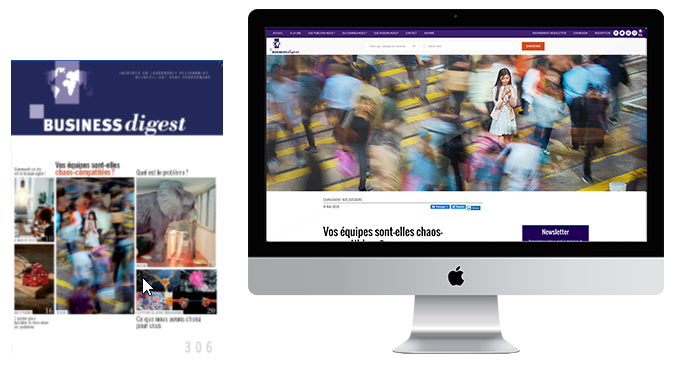Avoid depleting social capital
Free of commute and disruptions, home workers were actually more productive during the pandemic, as they benefitted from the social capital accumulated during years of in-person collaboration.
In companies planning a return to work in hybrid form, leaders must address three key areas to ensure social capital is replenished and preserved for continued productivity.
Develop weak ties
Strong ties, forged through years of direct interactions, did not erode during remote work, but weak ties (informal chats at the proverbial water cooler) did, as online meetings can’t replace the flow of information and support that emerges from incidental hallway conversations. Plan office time to allow for interactions between those who don’t necessarily depend on one another for work.
Form new teams virtually
One side effect of having everyone work remotely is that it leveled the playing field when onboarding new teams – no-one traveled to other people’s turf. If not all team members can meet face-to-face, it is more equitable for everyone to be online.
Integrate younger employees “in real life”
Formal processes may be learned via screens, but implicit knowledge transfer occurs during office interactions. First-hand observation of how leaders act and interact is crucial training when entering the workforce. Get younger employees into the office alongside their older peers!
Figuring Out Social Capital Is Critical for the Future of Hybrid Work
Jennifer J. Deal and Alec Levenson MIT Sloan Review July 1, 2021.
© Copyright Business Digest - All rights reserved




